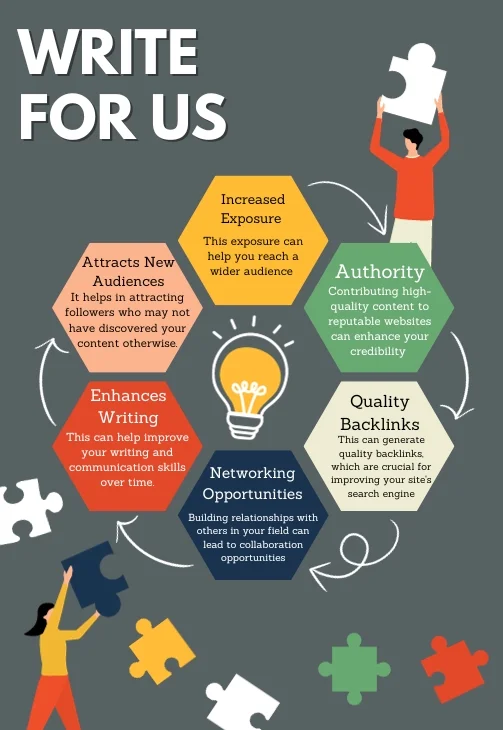Application maintenance and support plays a critical role in the longevity and usability of any software system. While development focuses on launching new features, maintenance ensures applications continue functioning as expected even years later. A robots maintenance process is needed to account for changes in technology, security vulnerabilities, and evolving business needs. This blog provides some key tips and best practices for organizations to effectively manage application maintenance and support over the long term.
What is Application Maintenance and Support?
Application maintenance and support refers to the ongoing technical and operational work needed to keep software running smoothly after initial development and rollout. It involves monitoring performance, implementing scheduled version updates and security patches, resolving any bugs or crashes, and integrating new features at times.
Good maintenance also ensures user data is securely backed up and that the application infrastructure is optimized for reliability, speed and capacity to meet growing user demands over time. As business and technical requirements change, an agile approach is required from support teams to roll out adjustments incrementally and prevent system degradation. The goal is to deliver ongoing value to both users and stakeholders through proactive maintenance rather than costly re-engineering. This helps maximize return on investment in the application asset.
Some Tips for Successful Application Maintenance and Support
Here are some tips for successful application maintenance and support:
Partner With Someone Experienced
Partnering with an experienced company or individual for application maintenance and support services is one of the most important tips for success. Maintaining software over long periods of time requires deep technical knowledge that development teams may not have the bandwidth or expertise to keep in-house.
An experienced third party can provide dedicated resources to monitor performance, identify potential issues, roll out scheduled updates, and troubleshoot any bugs or incidents efficiently. They will have institutional knowledge from years of managing various types of software and platforms. If problems arise, their experience means they are less likely to waste time going down blind alleys troubleshooting.
They can leverage lessons from previous engagements to optimize processes. With an experienced partner, development teams can focus on innovation while knowing their application is in reliable hands for ongoing maintenance and support.
Document Your Strategy During The Development Phase
Thorough documentation of the application, its architecture and development strategy is essential for long-term application maintenance and support. However, it is often an afterthought once development is complete. To help streamline future maintenance, teams should document key aspects of the application upfront during the design and build phases. This includes creating diagrams of the overall architecture and workflows, detailing technical specifications and dependencies.
Documenting the initial project plan, requirements, and design decisions provides historical context for new team members. Any libraries, tools or third party services should be clearly noted. Taking the time early on to maintain comprehensive documentation makes it easy for others to understand how the various moving parts work together. This prepares both the internal team and any external partners to efficiently support the application in production.
Prioritize Security
Security should always be a top priority for application maintenance and support. Even if an application launches with strong security protections, risks can emerge over time as software evolves and new vulnerabilities are discovered. It is crucial for development teams to continuously assess security and roll out updates to address issues proactively.
Regular code reviews and penetration testing can uncover vulnerabilities before they are exploited. Attention should also be paid to securely managing and transmitting sensitive user data. Maintainers must stay on top of emerging threats and ensure authentication methods; encryption standards and access controls continue to meet best practices.
Only by regularly evaluating and hardening defenses against cyber threats can user trust be maintained. Prioritizing security helps prevent costly breaches and protects both the application and the reputation of the organization.
Be Flexible
When it comes to maintaining software over the long-term, development teams need to bake flexibility into their processes. No matter how thoroughly an application is initially designed and tested, changing business requirements and new technologies will emerge. The software needs to have the capacity to smoothly accommodate these shifts without major rewrites. This means building in mechanisms for configuration changes, dynamic scaling, quick and easy integration of new features, and a modular architecture that allows components to be updated independently.
Maintainers should also continuously solicit feedback from users to understand evolving needs. With flexibility, adjustments can be made incrementally using an agile approach. This keeps the application aligned with its purpose while minimizing disruption and costs compared to more rigidly coded programs. Flexibility is key for ensuring long lifespan.
Test With Your UX
User experience should not be an afterthought when it comes to application maintenance and support. Any changes or updates to the software risk impacting how easy and enjoyable it is for users to accomplish their goals. Involving real users in testing throughout the maintenance process helps catch these issues before they frustrate customers. Usability tests that observe users interacting with the application can surface glitches, comprehension problems or workflow inefficiencies.
User research techniques like surveys, interviews and click tracking also provide valuable data on UX strengths and pain points. Maintainers need to view the application from the user’s perspective and prioritize addressing frustrations. By continuously evaluating and refining the UX based on user feedback, the software can retain and even gain in user satisfaction over time – improving retention, engagement and strategic business outcomes.
Conclusion
Implementing strategies like partnering with experienced application maintenance and support, thoroughly documenting systems upfront, prioritizing security and testing the user experience can help optimize application upkeep. Being flexible and continuously improving based on usage data also helps support the natural evolution of software over time. By making maintenance a priority equal to development, organizations can maximize ROI on their tech investments and sustain high user satisfaction. With the right strategies in place, applications can remain a valuable asset to power digital transformations for many release cycles to come.







